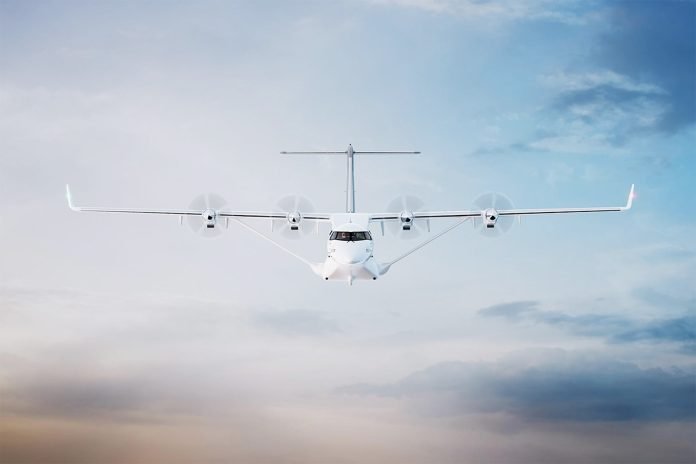Swedish startup Heart Aerospace is set to achieve a significant milestone in aviation with the first flight of its electric demonstrator, the Heart X1, planned for early 2025. This aircraft, designed to test the electric propulsion technology for Heart’s upcoming ES-30 commercial plane, represents a step forward in emission-free regional aviation.
“The initial experimental flight of the Heart X1 demonstrator is designed to validate the capabilities of Heart’s innovative electric propulsion technology,” the company stated. This trial is pivotal for the Gothenburg-based firm, which has raised $145 million since its founding in 2019 to develop sustainable solutions for regional travel.
The X1 and ES-30: Pioneering design
Revealed in September, the Heart X1 demonstrator mirrors the dimensions of the ES-30, featuring a 32-meter (105-foot) wingspan. The X1’s maiden flight will take place at Plattsburgh International Airport in New York, chosen for its low air traffic density and strong infrastructure for transportation technology testing. While Heart has not confirmed whether the X1 will achieve the ES-30’s zero-emissions range of 124 miles (200 km), its purpose is to refine the company’s electric propulsion capabilities.
The ES-30 itself is tailored for regional use. Designed to take off from short runways as compact as 1,100 meters (3,609 feet), it uses high-torque electric motors combined with turbo propellers. To extend its capabilities, the ES-30 incorporates a hybrid propulsion system, enabling a total range of nearly 250 miles (400 km). This range and capacity make it suitable for smaller regional airports, often referred to as “pocket airports,” which serve underserved communities.
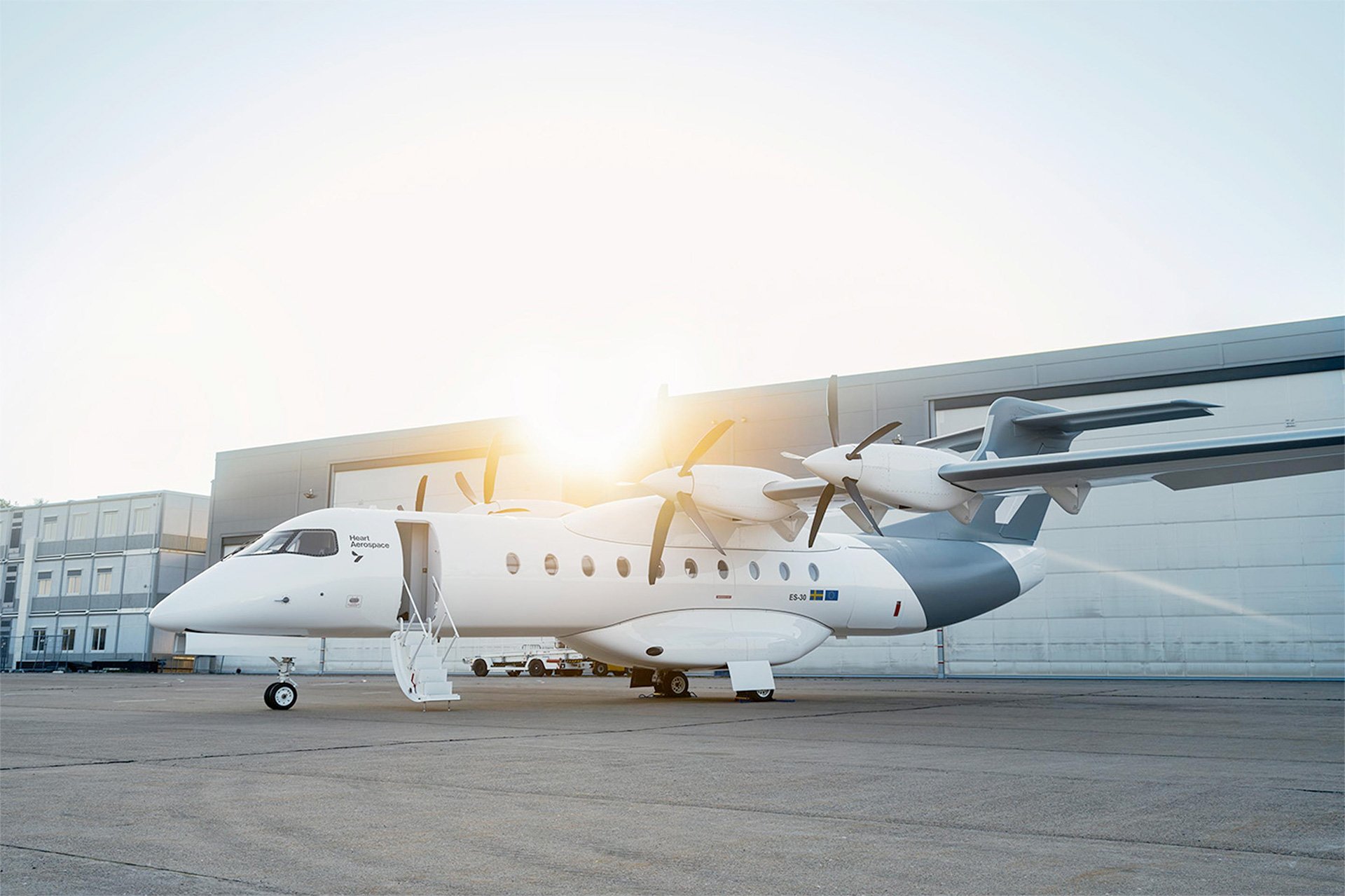
A competitive landscape
Heart Aerospace is not alone in its quest for zero-emission aviation. Swiss company ZeroAvia is developing hydrogen-electric hybrid aircraft targeting island regions. Meanwhile, Dutch startup Elysian has proposed a 90-passenger battery-powered aircraft, drawing on a 1960s-inspired design. While Elysian aims to overcome challenges like battery charging times and propeller-wing integrations, its projected debut is further out, targeting 2033.
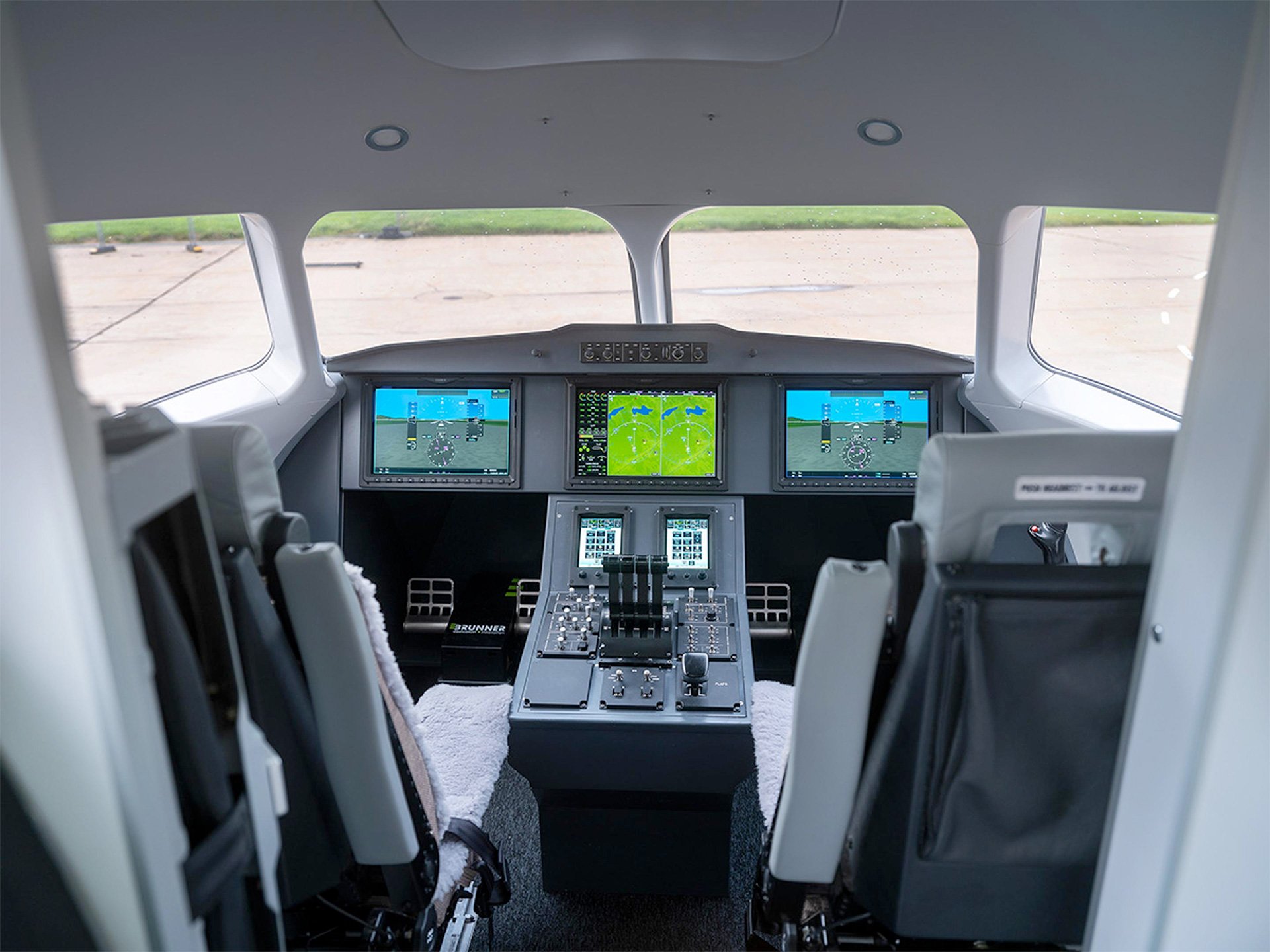
Heart, however, is focused on nearer-term goals. The company has subjected the X1 to rigorous system tests to ensure the safety and success of its first flight. Following this, the Heart X2, scheduled for 2026, will incorporate lessons learned from the X1 and introduce the company’s “Independent Hybrid propulsion” system. These developments are critical steps leading up to the ES-30’s anticipated commercial debut in 2028.
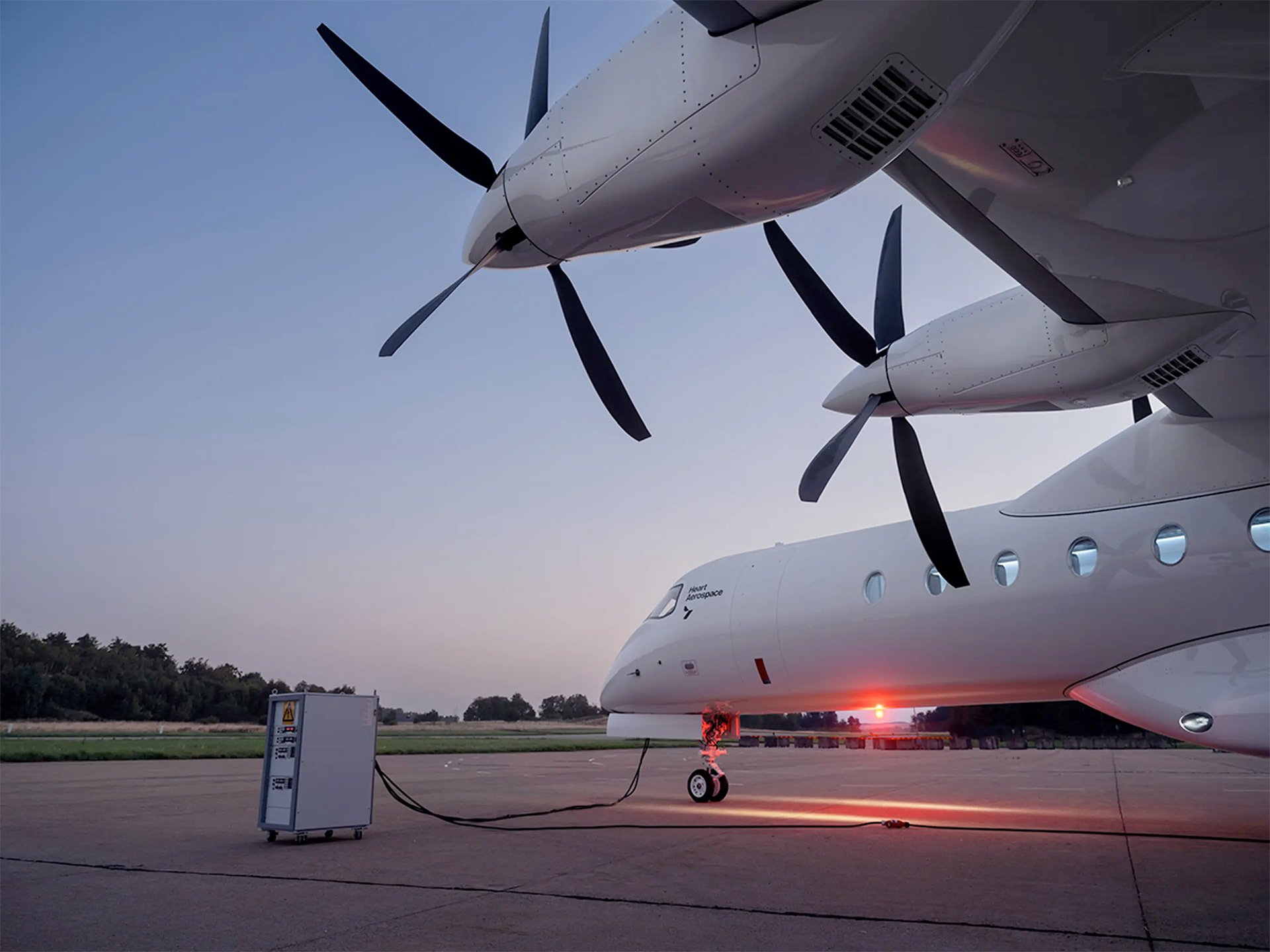
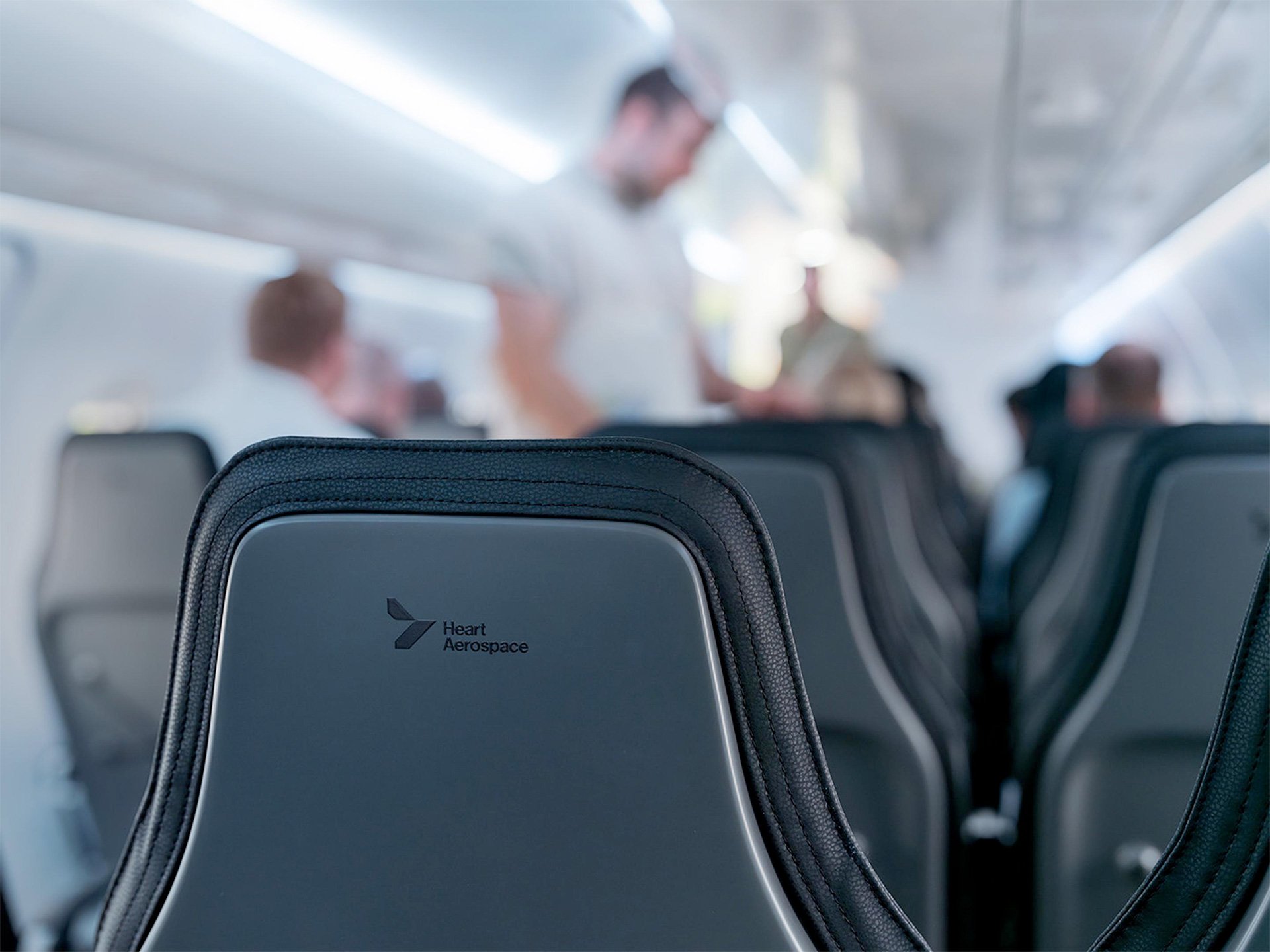
Source: Heart Aerospace

